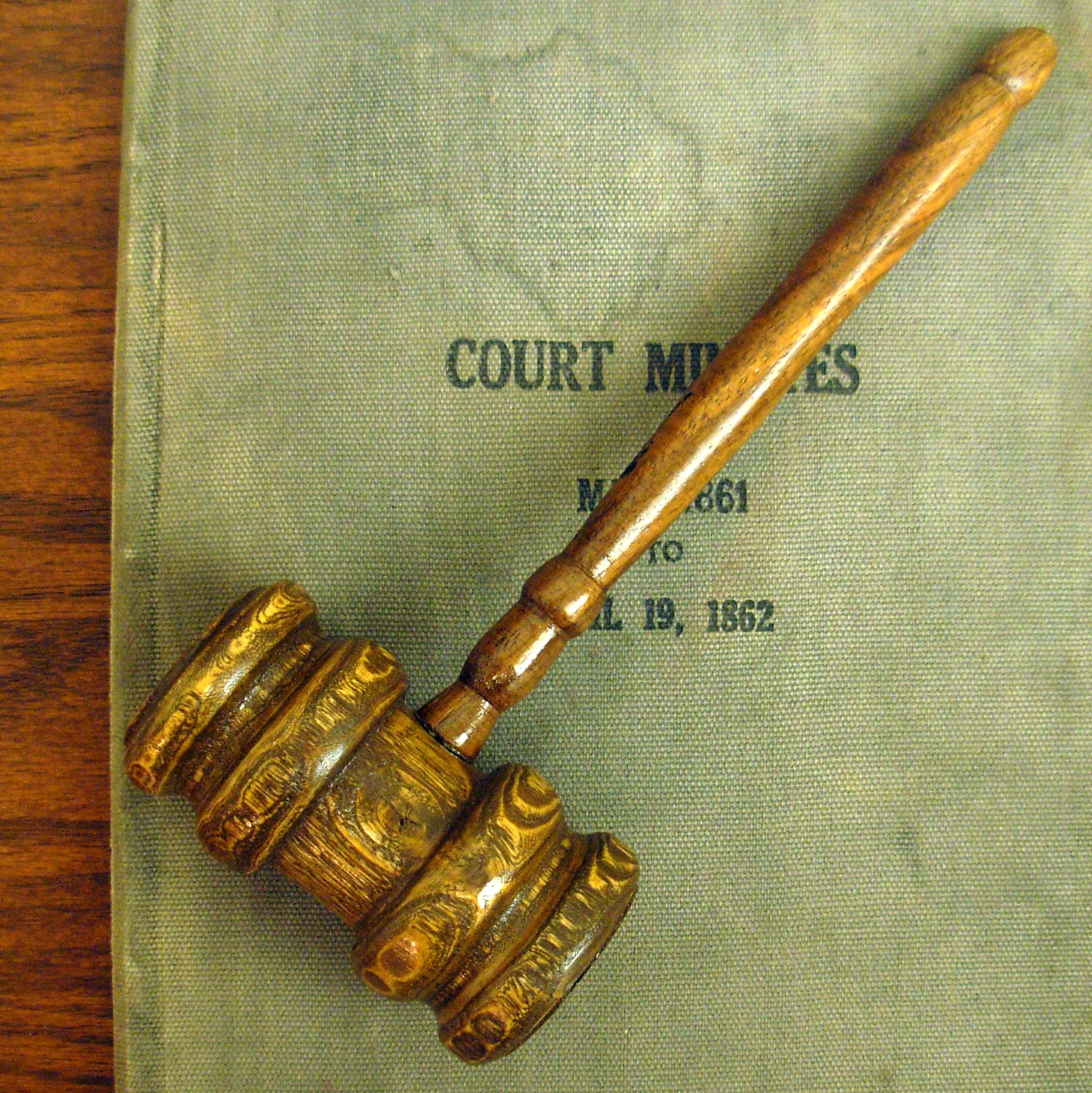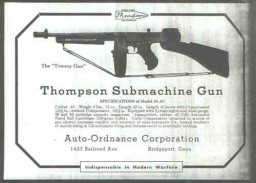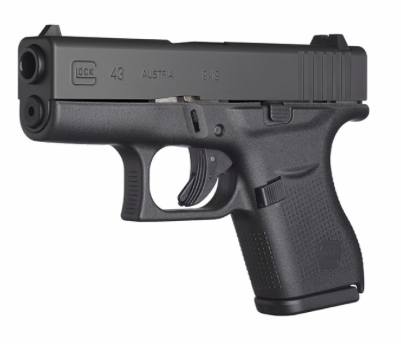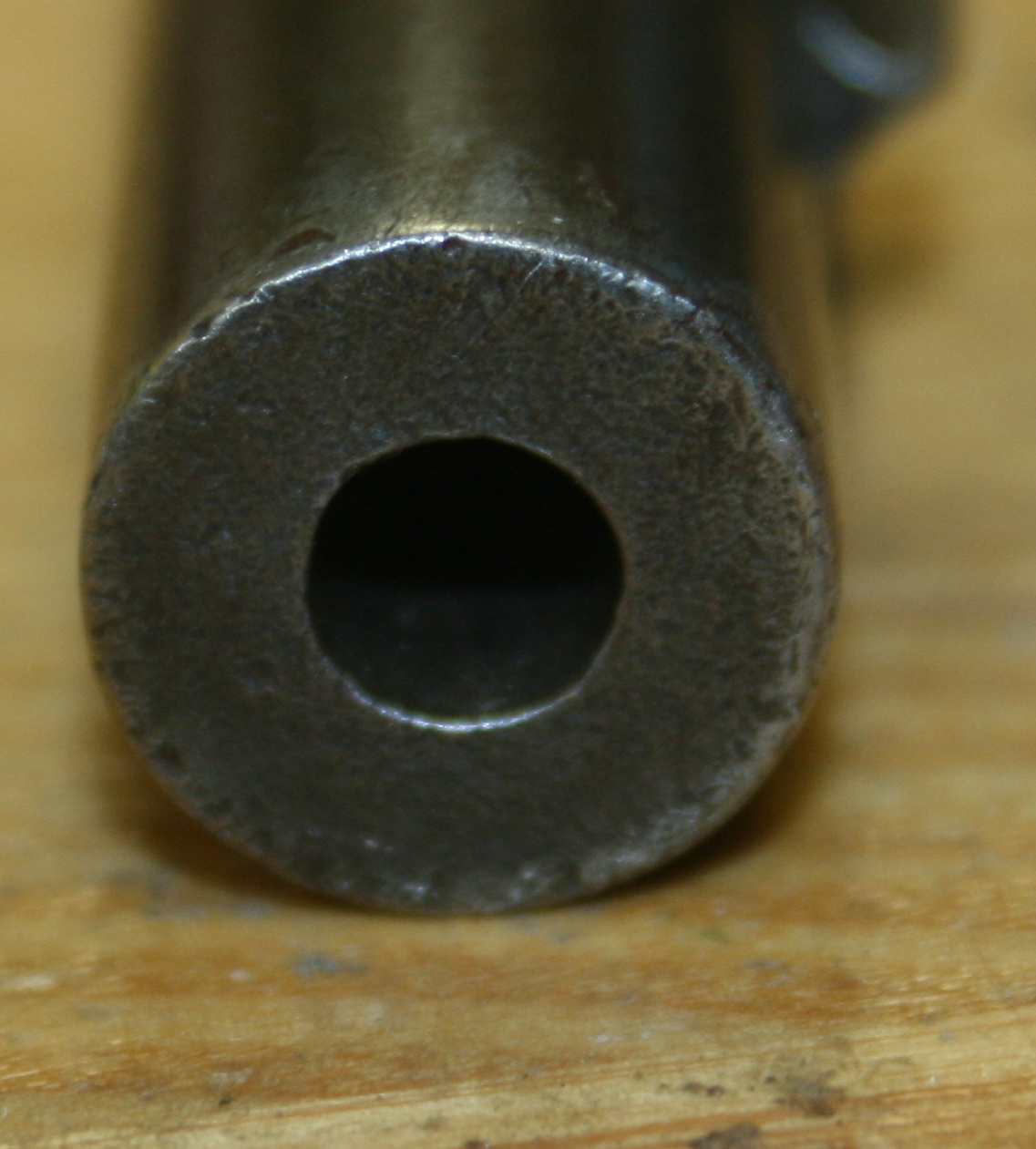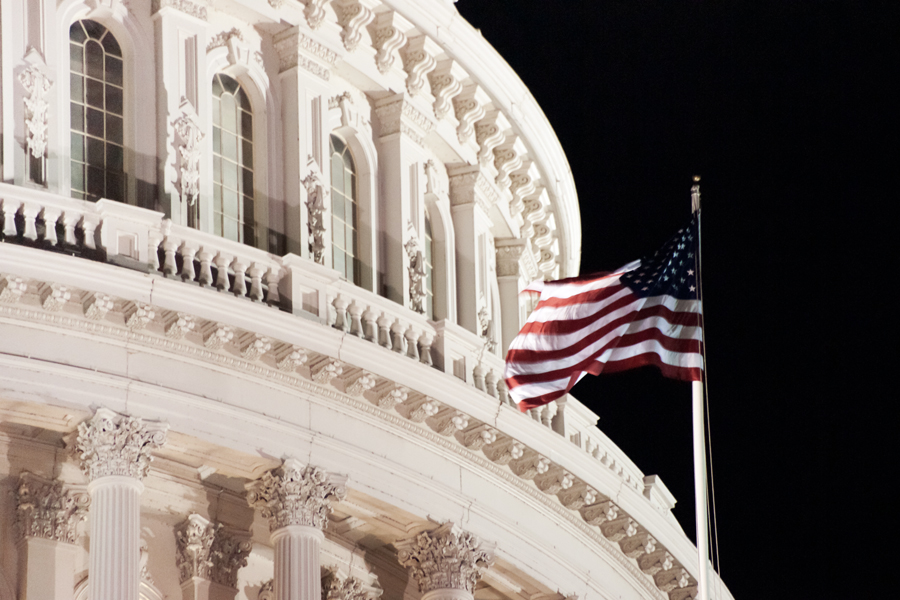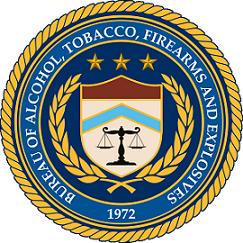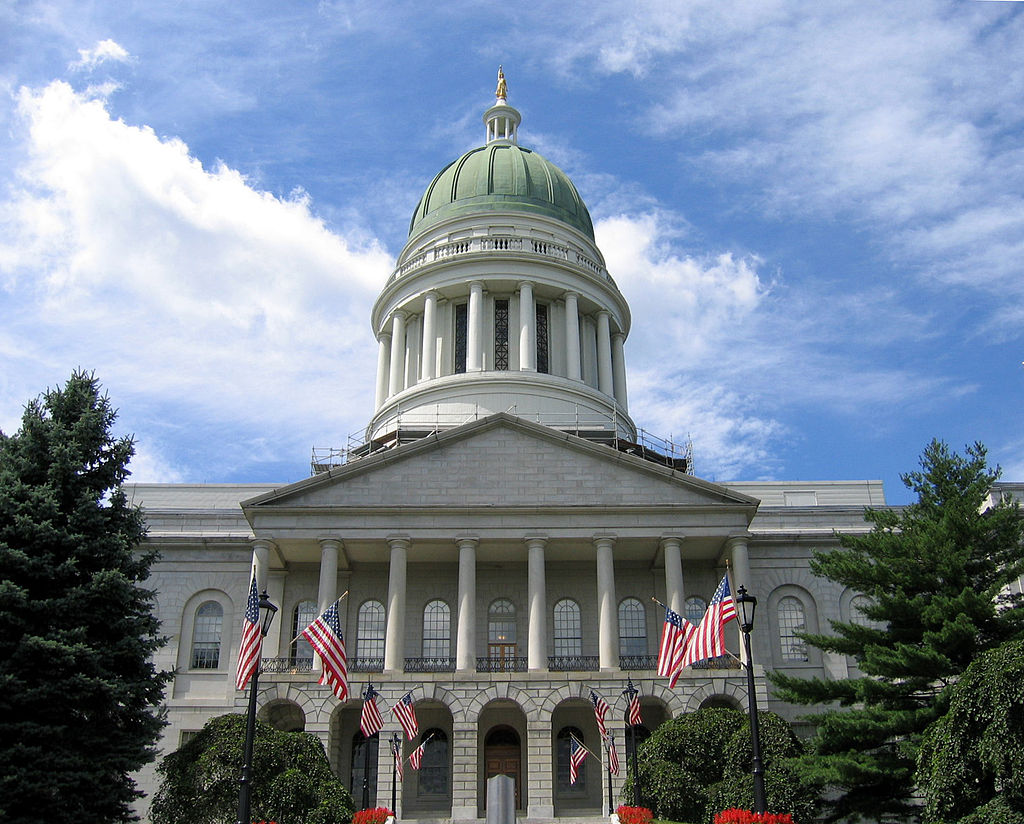While the news today is going to be all King v. Burwell, I’m sorry to report some more bad news on the gun front. Act 192 has had a short but glorious run, having briefly given teeth to the preemption law passed in 1974. But now Commonwealth Court has ruled that the law violates Pennsylvania’s “single subject” requirement for bills. No word yet on appeal. A few things should be noted.
- Preemption is still the law in Pennsylvania, just as it has been for 41 years. If you’re busted under a local gun control ordinance, those ordinances are still unlawful. You can challenge them and win. The difference now is it will probably take being charged to have standing to win.
- The law did a lot of legwork in convincing many local communities to repeal their illegal ordinances. This erased a lot of effort the other side put into passing them. I doubt very many of those communities will re-pass their repealed ordinances. We have to keep an eye out though.
- Stu Greenleaf bears a significant part of the responsibility for having to attach Act 192 to a metal theft bill at the last minute. He controls the Senate Judiciary Committee these types of bills have to clear through before hitting the floor. The GOP has a 30-20 majority in the Senate. To be honest, I’m thinking about donating money to Greenleafs Dem opponent, even if his opponent is a nut, just to get Greenleaf out of the Senate and to put the Judiciary Committee into more reliable hands.
The real loss here is that the cities that fought may now get their lawsuits dismissed. As long as Tom Wolf is Governor, the only possibility we have for getting this passed again is a veto override, and last time we didn’t have quite enough to accomplish that. [UPDATE: A reader corrects me, and it did pass with a veto-proof margin last time.] Also note that Greenleaf still controls Judiciary, so there’s that issue too. It will continue to be difficult to get pro-gun legislation advanced so long as he is controlling that key committee.

